Integrated Water Resource Management: Water for Virunga Project
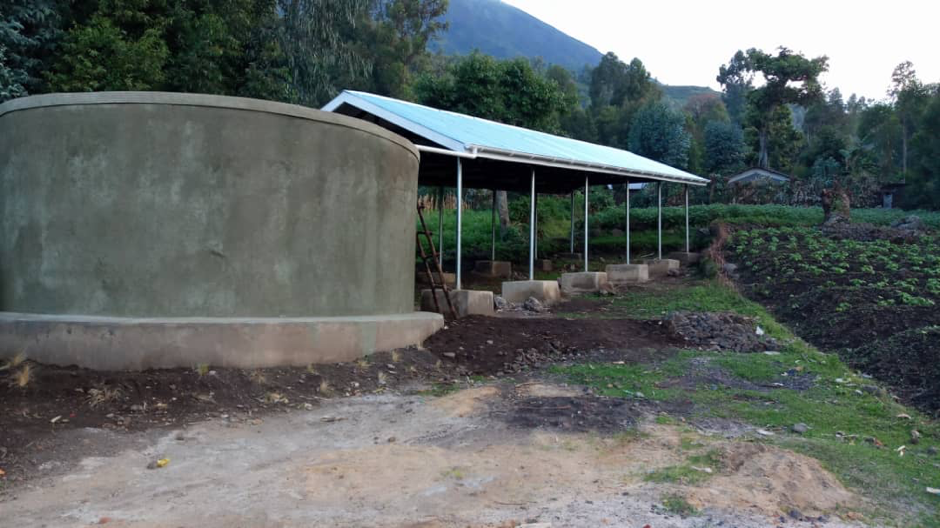
Summary
The Virunga area is a fragile but strategic region that is slowly growing out of decades of civil unrest, conflict and instability, a situation that affects the entire region at local, national and transboundary levels across three countries: the Democratic Republic of Congo, Rwanda and Uganda.
The Water4Virungas (W4V) Project, funded by the Netherlands Government and undertaken during December 2016 – March 2021, aimed to reduce conflicts through increasing access to safe water and improving watershed management in the transboundary Virunga area in Uganda, Rwanda and Democratic Republic of Congo. The project was implemented under the framework of the Greater Virunga Transboundary Collaboration.
The Water for Virunga (W4V) Project has been implemented by a four-member consortium consisting of the Managing Development Forward (project implementation lead), the International Gorilla Conservation Programme (responsible for community engagement, institutional governance and human-wildlife Interventions), Witteveen + Bos (responsible for engineering), and Wageningen University & Research (responsible for the development and delivery of the Integrated Water Resource Management and Peasant Integrated Planning (PIP) approaches).
W4V promoted and facilitated collective action at various levels to:
- Improve security, health and productivity at household level;
- Bring people together around water issues within and between communities and across international borders;
- Transform conflictsthrough improved service delivery of water and integrated water resource management.
The interventions provided include the provision of rainwater harvesting tanks, human-wildlife interventions, Kisoro Virunga Water Supply Extension and the Peasant Integrated Plan Approach for the communities to adopt sustainable land-use practices and participating in resilient farming. Training and numerous community-led groups and initiatives were established to sustain the interventions.
Overview
- Implementation sites:
-
- Multiple countries
- Single location
- Mountain region:
-
Mgahinga
- Province:
-
- South Western Uganda
- Solution scale:
- Ecosystem type(s):
- Solution type(s):
- Sector(s):
- Other climate impact(s) addressed:
-
- Human Wildlife conflict
- Climate impact time-scale(s):
- Main benefit associated with the solution:
- Co-benefit(s) associated with the solution implementation:
- Implementation timeline:
-
- 2016 - 2021
Solution details
Main beneficiaries & outcomes
Project interventions covered 16 villages in the three parishes of Gitenderi and Rukongi in Nyarusiza subcounty and Gisozi parish in Muramba subcounties. The current population served is 19,512 people with a projection of 25,500 by 2033.
Rainwater harvesting tanks: To increase access to safe water, the project constructed 14 rainwater harvesting tanks of 30m3 with water catchment roofs and created water collection chambers in the 10 villages neighbouring Mgahinga Gorilla National Park (MGNP): Nzogera, Kabande, Ruchantege, Rukeri, Musasa and Kabonero in Nyarusiza and Gishondori, Chana, Kanombe Main, Nyagacence Main, Ntebeko, Mbuga and Gahinga. To maintain this infrastructure, 14 gender balanced water users and sanitation committees were established and a total of 96 members of the committees including the Local Council leaders in all the villages were trained in their operation and maintenance roles and responsibilities, national park conservation, sanitation and hygiene, safe water chain, conflict resolution, and effective communication. The training targeted about 50% women, 50% men and also had representation from the Batwa, who are a marginalized people. Several outputs including development of an operations and maintenance action plan stipulating all the activities to be done, how, when and by who, bye-laws to help guide in the management of the water facilities and a constitution stipulating how everything about the water project will be handled were registered during the training.
Kisoro Virunga Water Supply Extension: Access to water was also expanded in the Kisoro Virunga Water Supply Extension through: the construction of 34 public stand posts in 16 villages along the MGNP with a distribution line network of 31.2km; the allocation of land for and development of four large water tanks with pumping stations in Bukara, Nyarusiza, Gasiza and Buzeyi; and the development of the Buzeyi park reservoir. To maintain this infrastructure, 16 gender balanced water users and sanitation committees were formed and trained in operation and maintenance, 16 village chairpersons of the beneficiary villages were trained on operation and maintenance aspects, and 21 Parish Water and Conservation Committees were formed and trained on to monitor lower Water User Committees. The project also piloted a community governance and management system in collaboration with the National Water and Sewerage Corporation (NWSC).
In addition to implementing actions to improve access to water resources, W4V worked with communities to improve water and soil conservation that leads to increased crop productivity and food security so that people’s livelihood can be independent of the national park. W4V also implemented measures to reduce crop damage by wildlife.
Integrated Farm Planning using the Peasant Integrated Plan (PIP) Approach: To reduce erosion, sustainable land use and best agricultural practices were applied to 7.1 hectares of land in Kabande and Ruchantege villages. To improve productivity, soil scanning of 107 PIP farmer fields was used to promote the efficient use (and avoid over use) of fertilizers. As a result of the project’s Peasant Integrated Plan (PIP) approach, 90% of the households in Kabande and Ruchantege have developed household 5 year workplans and the two villages of Kabande and Ruchanteg have developed the villages vision plans. To sustain these outcomes five Kisoro District Local Government (KDLG) staff were trained in Burundi on the PIP approach and the PIP approach has been integrated into the KDLG workplans.
Furthermore, to foster resilient farming systems, W4V embarked on empowering selected Innovative Farmers (PIs) with skills and knowledge in Kitchen gardening to enable them to address their household nutrition challenges and exploit the associated economic benefits. Thirty-seven (37) (18 F, 19 M) of the forty (40) PIs were trained on how to grow seven different types of vegetables (including onions, tomatoes, amaranthus, carrots, spinach, night shed and swiss chard (sukuma wiki) and their nutritional value, fertilizer usage and the values of each fertilizer available on the local market. Additionally, the participants learnt about the different vegetable seeds on the market, about compost manure and why it is still the best alternative in growing of vegetables. The purpose of the training was to introduce Innovative Farmers (PIs) to the concept of kitchen gardening agronomy. Kitchen gardening is one of the main activities under the integration aspect of the PIP approach. Integrating a cross section of agricultural activities as well as other aspects inherent and important to the household allows for increased production and more resilient farming systems.
Human wildlife interventions: The human-wildlife interventions used to reduce crop damage by wildlife included the establishment of a 1.2km stonewall in Kabande village that was reinforced with mortar and a double row of Erythrina, and the planting of 35286 Erythrina spp plantlets in 11.762km in the 12 villages that are adjacent to Mgahinga park to address the human-wildlife conflicts. The Uganda Wildlife Authority (UWA) will continue engaging Parish Problem Animal Management Groups to undertake routine maintenance of the planted Erythrina under UWA arrangement.
The infrastructure and technology used for the interventions is widely available.
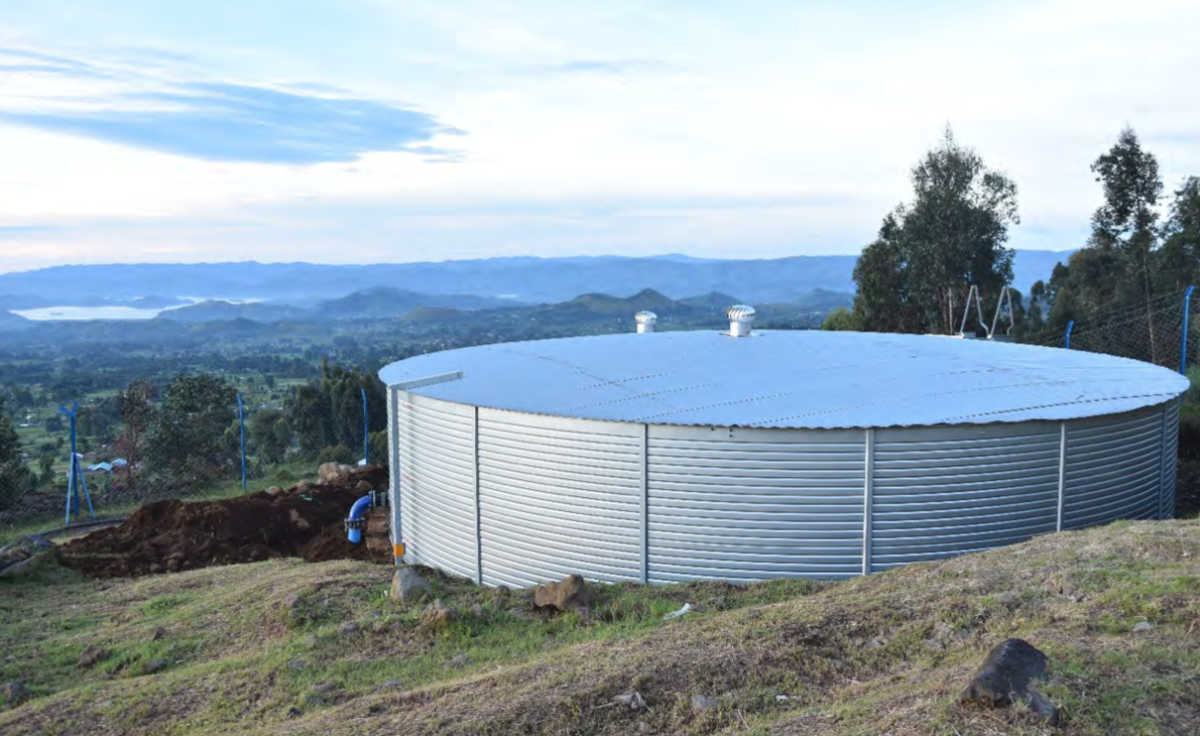
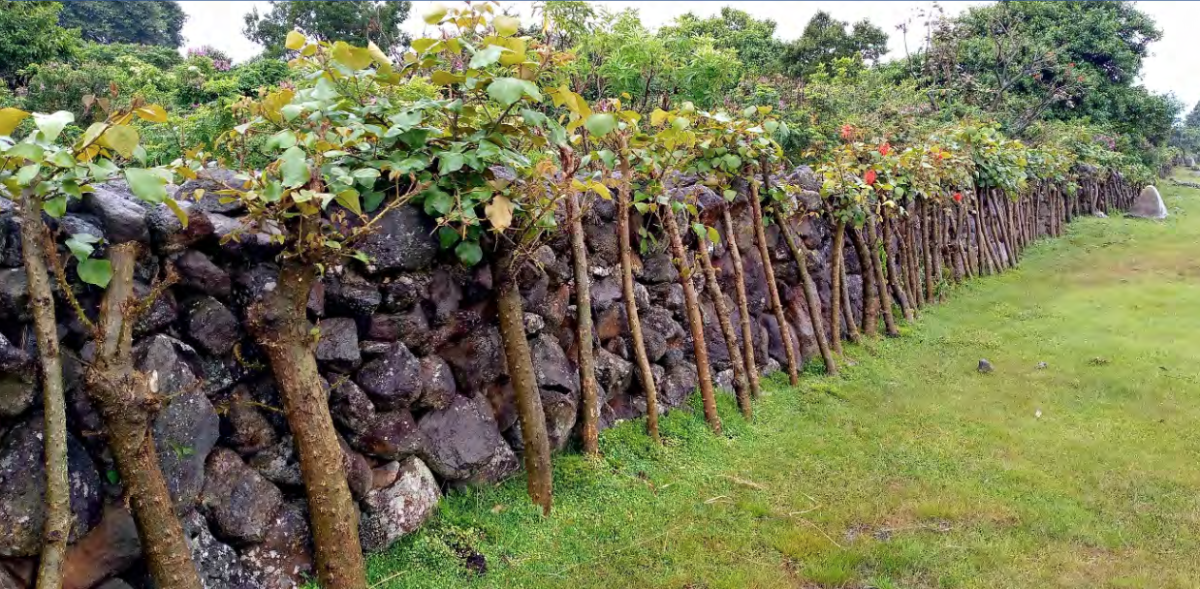
Planning and implementation
The Virunga area is a complex area with frequent and multi-leveled conflicts. The project was aimed at beneficiary communities who interact with the natural resources protected in the national parks in the Virunga Area, an area known for its mountain gorillas that is also subject to increasing high human population pressure. In its first year, W4V carried out a detailed situation analysis and mapped the most pressing water-related conflicts. These include conflicts related to access to water, within communities, between park authorities and local communities, between herders, farmers and population, with water delivery services, between authorities and at the transboundary level. W4V team also spent the first year identifying and mapping key institutional, community and civil society actors and to create dialogue spaces to foster collaboration among them.
W4V made a selection of the intervention sites based on the situation analysis and lessons learned from previous interventions. This selection includes sites where the project could rehabilitate existing water sources and water pipes, design solutions to collect rainwater and pump water from lower elevations, and implement measures to mitigate erosion and excess water.
The interventions covered 16 villages in the three parishes of Gitenderi and Rukongi in Nyarusiza sub-county and Gisozi parish in Muramba-sub-counties. The current population served is 19,512 people.
The project model used embraced collaborative partnership, democratic dialogue, and stakeholder participation with the Kisoro District Local Government, National Water and Sewerage Corporation, Uganda Wildlife Authority, and the beneficiary communities to achieve the project’s goal and develop the sustainability plans.
Finance
The project was funded by grant from the Netherlands Government up to 1,800,000 USD.
Innovation
To reduce human-wildlife conflict the project created buffer zones between the protected areas and the communities. The walls developed for this purpose were strengthened through the planting of Erythrina, which also serves to blend the walls with the landscape. Through working to understand the needs of the communities and drivers of their behaviour, and addressing this need by making water accessible more accessible to the households, the project has reduced their movements into the protected areas.
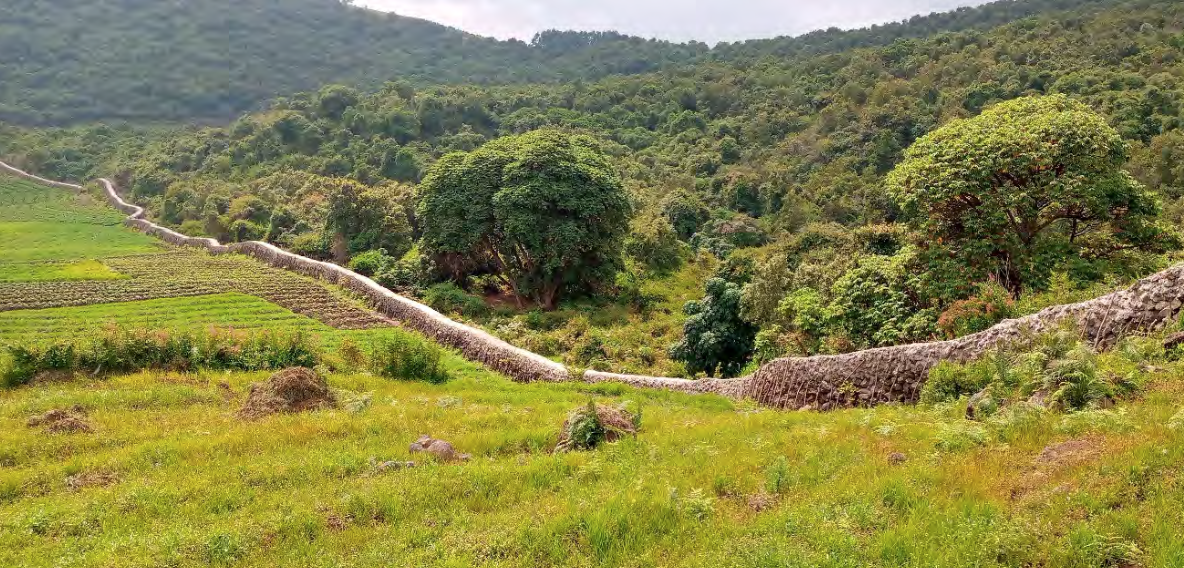
Long term project sustainability and maintenance
Multiple gender-balanced stakeholder-led committees and beneficiary groups have been formed and trained to support the ongoing operation and maintenance of each intervention. Relevant local authorities, utilities, and organisations, including the Kisoro District Local Government (KDLG), National Water and Sewerage Corporation, and Uganda Wildlife Authority have been engaged to help manage the new infrastructure going forward. Five KDLG staff have also been trained in use of the Peasant Integrated Plan Approach, and this approach has been integrated into KDLG workplans, to support its future use.
Capacities for design and implementation
Knowledge
Training and capacity development have been a key aspect of all interventions undertaken in this project (see text above). This training is essential for the ongoing delivery and sustainability fo the interventions. Importantly, this training aimed to be holistic and address all pertinent issues, not just the operation and maintenance of the newly introduced infrastructure.
“on behalf of the government we are very grateful for this kind of training. I initially thought that you were only going to tell people about sanitation and boiling drinking water, but I am surprised and impressed that you have touched even very sensitive and important topics like conflict resolution” – Local Council III Chairperson of Muramba Subcounty Mr. Nzabona Francis
Institutional
The realization of key milestones was enabled through the good working relationship and collaboration with the Kisoro district and the Muramba and Nyarusiza sub county technical staff, as well as the support of the local communities and teamwork among the W4V consortium partners.
Outlook & Scalability
Barriers and adverse effects
Although it would be technically easy to quickly develop rain water harvesting solutions, from a social-economic and political point of view, it is likely to create new conflicts if done without involving the right stakeholders and without official water committees, something that has happened with other interventions in the past.
A barrier in this project is that the population in DRC are used to receiving water for free and many stakeholders would like that to continue. However, W4V believed that a controlled payment system for water is a must to reach ownership and sustainability in water supply, ensuring the maintenance and sustainable access to water.
To test this, W4V set up a pilot area in some villages to construct rainwater harvesting tanks in order to test official functioning water committees and to build the confidence and collaboration with the population and the stakeholders (local authorities and water distributors) with controlled payment, benefitting all involved and where the population is taking ownership of access to water. This pilot was then used as an example to be implemented in to other areas.
Transformation and future outlook
The newly constructed water tanks have directly impacted the day-to-day lives of women and children as it has allowed them more time for other tasks.
“the provision of water tanks in the community comes as a relief to the women and children. We have suffered for so long trekking long distances to the park for water and treating recurrent illnesses acquired from consumption of unsafe water. At least now the water burden is going to reduce, and we shall have time for other domestic chores. Thanks to the funders and implementors of this project” – local resident Kwizera Jenina
- Explore the Water4Virungas project website
- Read news stories from Water4Virungas
- Peasant Integrated Plan (PIP) approach: building a foundation for sustainable change [includes trainings and further resources]
- Wageningen University & Research Water Resources Management Group: Projects and resources
- Mountains ADAPT: Solutions from East Africa (2022)
- Mountain Adaptation Outlook Series: Sustainable Mountain Development in East Africa in a Changing Climate (2016)
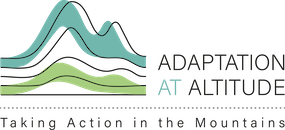
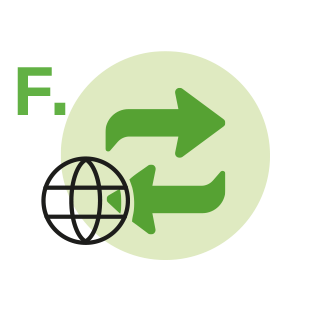

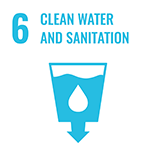
Comments
There is no content